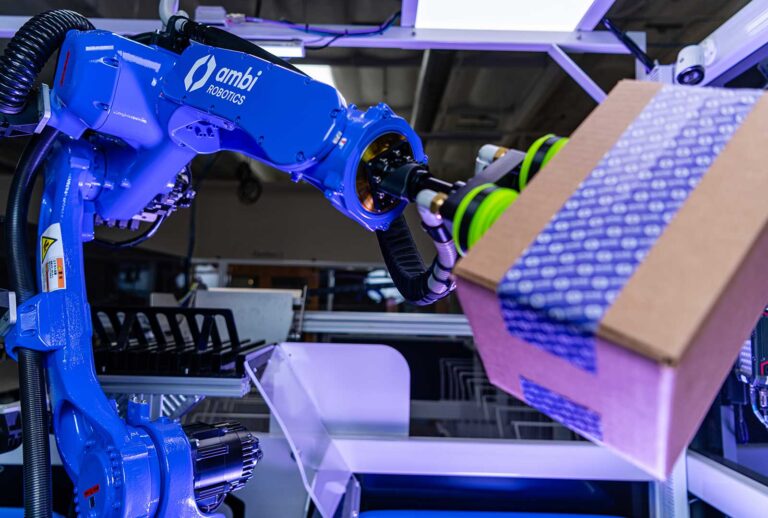Scaling Public Electric Vehicle Charging with Ford
Matt Stover, Director of Charging & Energy Services, North America, Ford Motor Company joined Grayson Brulte on The Road to Autonomy podcast to discuss Ford’s strategy for public electric vehicle charging.
The conversation begins with Matt discussing the current state of public electric vehicle charging.
When we look at public charging right now, the industry is in its infancy. It’s been around for about 10 years, but the network growth I should say it’s a toddler going to early teen ages.
– Matt Stover
On a global basis less then 7% of vehicles on the road are electric vehicles, so we are still very early in the journey to an all-electric future. With the potential for electric vehicle adoption to grow, the charging infrastructure needs to grow to support the demand for EVs. As new charging infrastructure, it’s vitally important that the charges are up and operating in a fashion similar to a gas-station, to ensure consumer satisfaction with the EV experience.
When you look at charging we’re early in the development of the infrastructure, the way that the infrastructure develops is going to be different than what we think about with gas right now. Right now with gas we have a typical venue for filling up your vehicle at a gas station.
They all kind of look alike, there in similar types of places. Charging is going to be different from that. You are going to have charging on gasoline forecourts for sure. You are going to have charging in parking lots at your local retailer and you are going to have chargers at work.
– Matt Stover
When the EV charging infrastructure is up, running and reliable, range anxiety will begin to dissipate.
Once a customer starts to understand that there is infrastructure out in the market and in their daily life, they can get over the idea of the fear of range anxiety. Because the technology that we are putting into these vehicles is giving them that confidence that the vehicles can go a long distance on a particular charge.
– Matt Stover
One of key locations to deploying EV charging infrastructure are retail locations as consumers spend on average 30 to 60 minutes inside of a big-box retailer. During their time shopping, consumers will be able to charge their vehicles in a frictionless manner.
The thing that we will be really surprised by is where you end up seeing chargers and how you engage with those chargers from a transaction standpoint.
– Matt Stover
As builders develop new master-planned communities and multi-family residences, EV charging infrastructure will be built into the development from the initial planning stages. An example of a new community that was built from the ground-up for electric vehicles is Babcock Ranch in Punta Gorda, FL. While Babcock Ranch was built for EVs, a majority of pre-existing residential infrastructure currently does not support EV charging.
With a growing demand for electric vehicles and one-third of American’s currently living in a rental home in the United States, having access to EV charging at home will become a consumer differentiator. In the future renters could opt for a residence that has EV charging.
When you buy a house, having a charger in the house will be seen as an asset. And when you go rent a property and if there is charging that is there for you, you will perceive that as an asset, therefore pay more for that asset.
– Matt Stover
Since a majority of renters currently do not have access to EV charging at their residence, they have to rely on public charging infrastructure which tends to be unreliable. To address this issue, Ford has introduced the Ford Charge Angels program. Charge Angles actively monitor charger performance, communications, and billing protocols to ensure that chargers in the Ford BlueOval Charging Network are operating properly.
There needs to be an improvement in the reliability of the charging infrastructure.
– Matt Stover
The Ford BlueOval Charging Network is a network of networks.
What we have done is worked with our partners to create access for our Ford customers to the most AC and DC public chargers in North America.
– Matt Stover
In the network there are currently 75,000 EV chargers that allow EV drivers to charge without having to download multiple apps and create new accounts as it all runs through the FordPass app.
Wrapping up the conversation, Matt shares his thoughts on the future of EV charging.
Recorded on Tuesday, October 18, 2022




